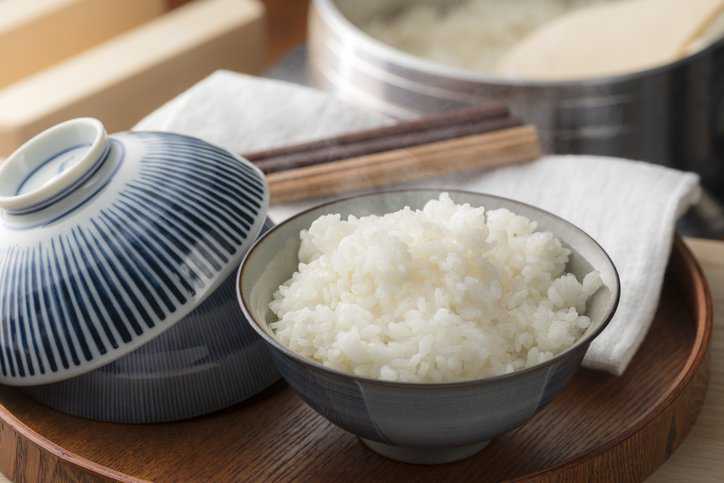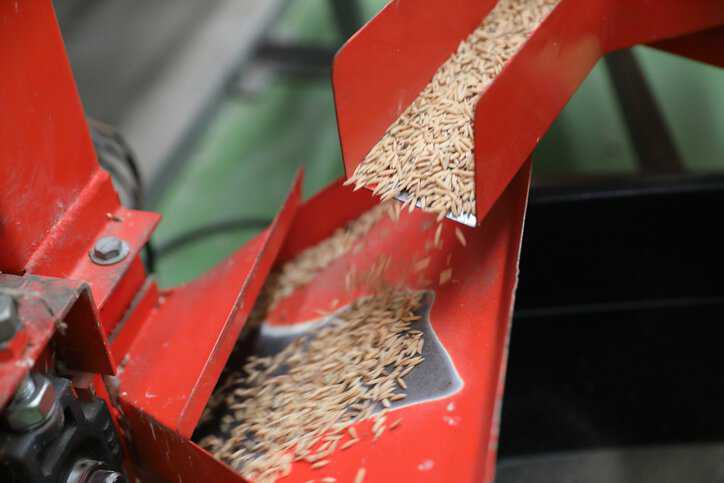ISO 6646:2011— Rice (Oryza sativa L.)

There are over 40,000 varieties of cultivated rice (the grass species Oryza sativa) worldwide. Every continent other than Antarctica produces some variety of rice: the most consumed grain in the world. As such, assuring the safety of the rice milling process is essential for the health and wellness of consumers around the world. ISO 6646:2011— Rice – Determination of the potential milling yield from paddy and from husked rice covers specifications for laboratory testing for determining the yield of husked rice obtained from paddy or parboiled paddy.
What Is ISO 6646?
ISO 6646:2011 specifies a laboratory method to determine the yield of husked rice obtained from paddy or parboiled paddy (Oryza sativa L.) and the yield of milled head rice obtained from paddy or parboiled paddy, or from husked rice or husked parboiled rice.
This standard is only applicable to abrasive milling equipment.
What Are the Layers that Make up a Rice Kernel?
When rice is harvested, it consists of four base layers:
- Hull Layer: The inedible outer protective layer, which is the first layer to be removed to make rice edible.
- Bran Layer: Under the hull, the bran layer is brown, chew, and fibrous. This nutrient dense protective layer contains large amounts of oil, proteins, vitamins (specifically Vitamin B) and minerals. This layer is what gives brown rice its distinct beige hue.
- The Germ: Located at the base of the rice kernel, the germ provides nourishment for the kernel while it grows. Phytochemicals (a powerful antioxidant), proteins, and vitamins are found in this layer.
- The Endosperm: The endosperm is the white and starchy interior that encases the germ, providing energy for the kernel as it grows. It primarily contains carbohydrates.
When rice gets milled, these layers of the rice kernel get peeled away.
What Is Milled Rice?
Milled rice is rice that has had its husk, bran, and germ removed, leaving behind the starchy endosperm. Since the milling process removes nutrients from rice, such as B vitamins and iron, American varieties are often enriched to restore some of the nutritional value. Essentially, the rice milling system is the process of transforming rough rice into polished, edible white rice that is free of impurities.

White Vs. Brown Rice
The milling process begins with polishing off the indigestible hull layer to create edible brown rice. Brown rice thereby maintains the entirety of the nutrient rich bran layer—giving it a beige hue. Hence, brown rice is minimally processed as this whole grain contains the bran, germ, and endosperm of the rice grain.
On the other hand, white rice is a refined grain that has had the bran and germ (the outer colored layers) removed from the starchy endosperm. This means that white rice is not a whole grain. Simply put, white rice is the result of milling and polishing that strips away the colored parts of the grain, leaving behind the white starch core.
As the milling percentage increases, the percent of the bran layer retained decreases. Milling also changes the composition of the rice kernel, which affects taste, texture, and cooking time.
What Is Parboiled Rice?
Unlike white rice, which is often milled and refined, parboiled rice holds onto much of its fiber due to the parboiling process, which steams the rice in its husk before milling. Parboiling causes nutrients, including fiber, to shift from the husk into the grain itself. Simply put, parboiled rice is a process of partially cooking the rice while it is still in its husk.
ISO 6646:2011— Rice – Determination of the potential milling yield from paddy and from husked rice is available on the ANSI Webstore.






